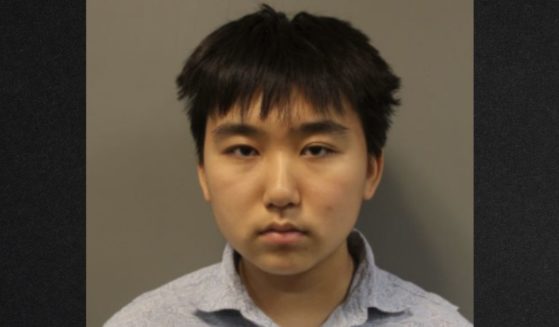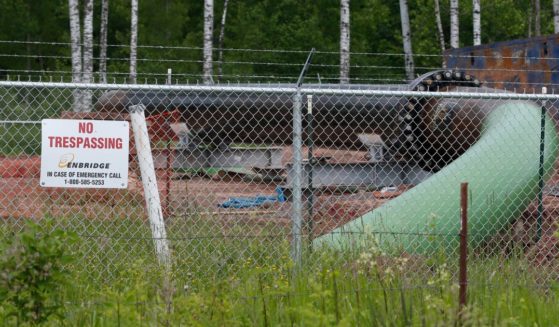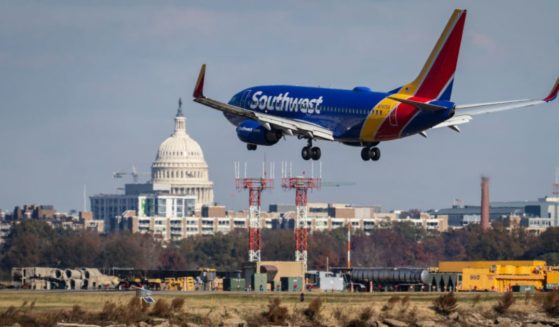22nd horse suffers fatal injuries at Santa Anita
ARCADIA, Calif. (AP) — Santa Anita will ban the use of medication and whips on racing days after the 22nd horse fatality in 2 1/2 months occurred at the historic track Thursday.
The move by owner The Stronach Group would make Santa Anita the first racetrack in the nation to impose such restrictions in a sport that has taken repeated hits for drug and safety issues while struggling to maintain its fan base and attract younger gamblers.
“What has happened at Santa Anita over the last few weeks is beyond heartbreaking,” said Belinda Stronach, chairperson and president of TSG. “It is unacceptable to the public and, as people who deeply love horses, to everyone at The Stronach Group and Santa Anita.”
Stronach announced the ban on drugs and whips for racing days at Santa Anita and Golden Gate Fields in Northern California in what she called an open letter on the future of thoroughbred racing in California.
“The sport of horse racing is the last great sporting legacy platform to be modernized,” she said. “If we expect our sport to grow for future generations, we must raise our standards.”
Such changes would make the two Stronach-owned tracks the first in North America to follow the strict International Federation of Horseracing Authorities standards.
California’s other major racetrack is Del Mar, north of San Diego, which is owned by the Del Mar Thoroughbred Club.
It wasn’t clear whether the bans would apply to other TSG-owned tracks, including Gulfstream Park in Florida and Pimlico in Baltimore, home of the Preakness Stakes.
The changes announced Thursday were welcomed by Jim Gagliano, president and chief operating officer of The Jockey Club.
“Now, more than ever, we need to reform the regulation of the sport such that we will be in step with all other racing nations, where the rate of fatal injury is less than half that of North America,” he said in a statement. “And to those industry leaders that have said the status quo is OK, it is time to come clean and admit that our low standards and uneven rules remain a major weakness for the sport.”
Santa Anita’s changes came after a bill, the Horseracing Integrity Act of 2019, was introduced in Congress on Thursday by Rep. Paul Tonko (D-New York), and Rep. Andy Barr (R-Kentucky).
The bill would create a private, independent authority, the Horseracing Anti-Doping and Medication Control Authority, responsible for developing and administering a nationwide anti-doping and medication control program for the sport.
Stronach’s announcement came hours after a filly broke both front legs at the end of a workout on the main dirt track on Thursday, becoming the 22nd horse to suffer catastrophic injuries since Dec. 26 at Santa Anita.
Trainer and owner David Bernstein said the 3-year-old named Princess Lili B broke down just past the finish line after a half-mile workout. KTTV-TV was at the track and captured video of the breakdown.
Bernstein told KTLA-TV that Princess Lili B apparently took a step as she changed leads, which led to her breaking her left ankle and then her right ankle. A lead change refers to which set of legs, left or right, leads or advances forward when a horse is galloping.
“She was always very sound and we’ve never had a problem with her,” Bernstein said in the interview. “We didn’t have to train her on any medication. She’s just a lovely filly to be around.”
The death occurred after several new safety initiatives were installed and racing suspended for two weeks.
“Right now we feel completely confident in the track,” Tim Ritvo, TSG’s chief operating officer, told KTTV. “Hundreds of horses have worked over the last three, four days with no incidents. One is too many, but we continue to move forward because we’re confident in the racing surface.”
The TSG-imposed changes in California would include banning the use of anti-bleeding medication Lasix, increase the ban on legal therapeutic NSAIDS, joint injections, shockwave therapy, and anabolic steroids, and increase out-of-competition testing.
“We will wait no longer for the industry to come together as one to institute these changes,” Stronach’s letter read. “Nor will we wait for the legislation required to undertake this paradigm shift. We are taking a stand and fully recognize just how disruptive this might be.”
Santa Anita is set to host the Breeders’ Cup world championships for a record 10th time in November.
Breeders’ Cup officials said they would commit to working with the racing industry in California and elsewhere to accomplish reforms nationally.
“We must, as an industry, press forward on implementing existing best practices and rapidly proceed with the consideration of further reforms such as those proposed by The Stronach Group in California,” a statement from the Breeders’ Cup said.
Santa Anita had reopened its main track for limited workouts on Monday, with horses limited to jogging and galloping while the surface was monitored for any irregularities that may have caused the deaths of 22 horses since the winter meet began on Dec. 26.
Early reviews of the dirt surface had been mostly positive and there was cautious optimism that racing would resume later this month.
Shortly before Bernstein’s filly was injured, Hall of Fame trainer Bob Baffert sent Kentucky Derby hopeful Roadster to the track for an uneventful workout.
In all, there were 75 workouts on the main track Thursday, down from the 112 on Wednesday.
Bernstein said the filly’s exercise rider didn’t indicate any problem with the dirt surface.
“I think it’s one of those things that happens, sadly enough,” the trainer told KTLA.
Bernstein said he wouldn’t hesitate to train another horse on Santa Anita’s surface again.
“I know they’ve done the best job they can possibly do,” he said. “They’re hired a number of great experts to handle this surface.”
This week’s workouts were the first conducted under the track’s new training protocols, which include two veterinarians observing each horse going to and from the track.
The Western Journal has not reviewed this Associated Press story prior to publication. Therefore, it may contain editorial bias or may in some other way not meet our normal editorial standards. It is provided to our readers as a service from The Western Journal.
Truth and Accuracy
We are committed to truth and accuracy in all of our journalism. Read our editorial standards.












